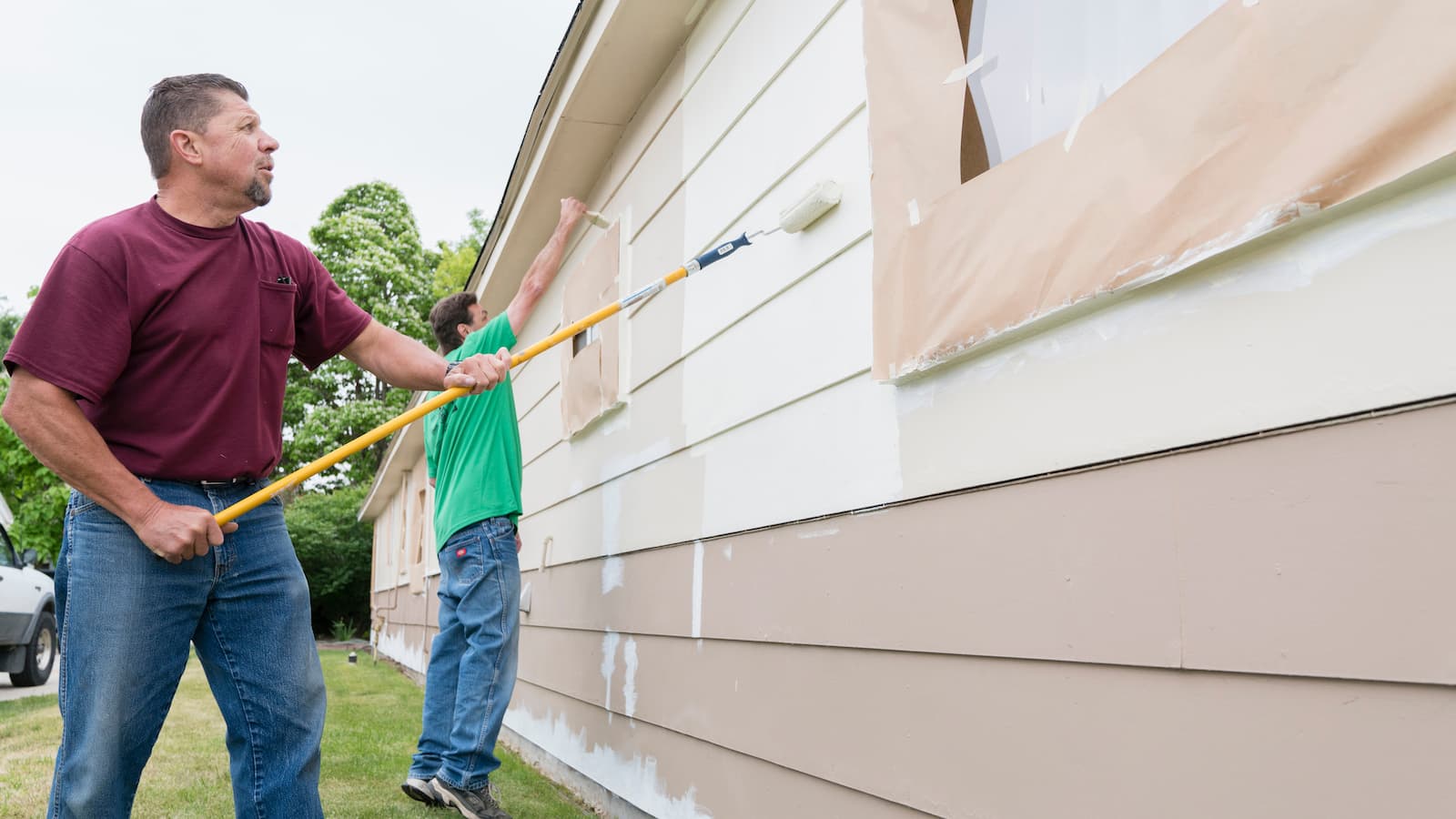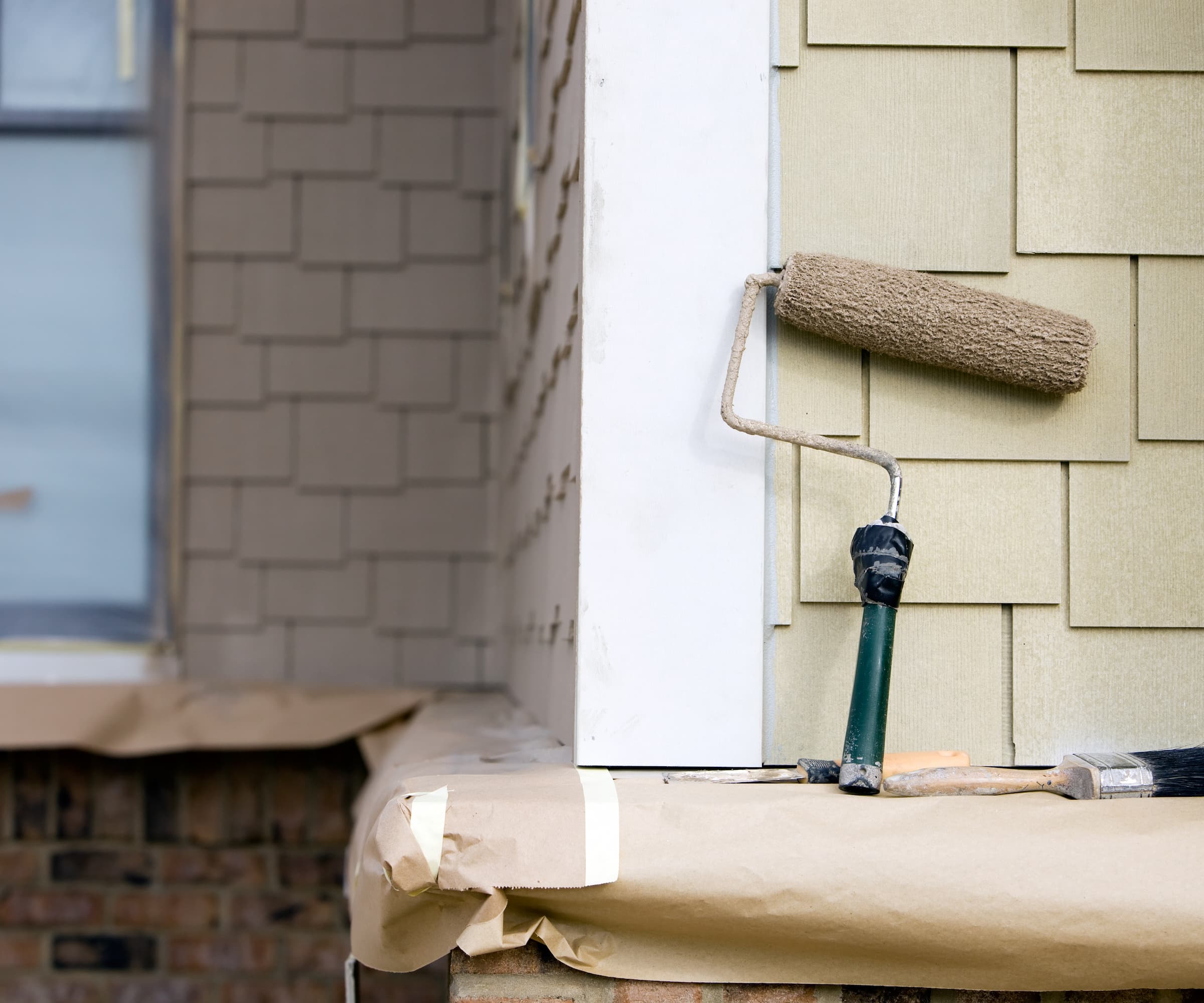Warning issued for homeowners painting their home during pollen season
Experts share why painting your home during pollen season may lead to a disappointing finish and offer tips on how you can avoid this

If you're planning to paint your home’s exterior, experts are warning that pollen can affect the quality of your paint job.
Although invisible to the naked eye, pollen can lead to a patchy, flaky finish when painting a house, according to DIY experts at both Ronseal and Toolstation.
"High pollen levels can stick to wet paint, causing an imperfect finish and potential flaking. Pollen can also stain the paint, especially if you’re using bright or light colours," explains Cara Yates, senior category manager at Toolstation.
Keep an eye on pollen counts
Cara Yates recommends checking the pollen forecast before starting your exterior painting project to reduce any chance of potential problems.
"Pollen levels peak from March to September, which is also the ideal time for exterior painting," she explains.
"Since exterior paint takes 6-24 hours to dry, try to schedule your painting when pollen counts are low," she adds.

Cara has years of experience in the retail sector for Toolstation as well as offering expert DIY for homecare and safety tips.
Choose mild, windless days to paint

Yates adds that painting during windy, warm days can have a significant effect on the quality of your home's paint job too.
Get the Homebuilding & Renovating Newsletter
Bring your dream home to life with expert advice, how to guides and design inspiration. Sign up for our newsletter and get two free tickets to a Homebuilding & Renovating Show near you.
She states: “High winds and warm temperatures play a key part in dispersing pollen from the ground which could then end up interfering with any wet paint on the exterior walls of your home.
“Choosing a cooler day with lower wind forecasts will help prevent a patchy appearance whilst ensuring a quality long-lasting finish.”
Clean walls thoroughly before painting
Jimmy Englezos, Senior Brand Manager from Ronseal, emphasises the importance of preparing your walls before painting.
"Regardless of how good your paint is, it can only adhere properly to a clean surface," he says. "Debris, dirt, or pollen on the wall will cause the paint to flake and look patchy."
Englezos advises cleaning exterior walls with warm, soapy water or sugar soap. "Make sure to remove any loose or flaky paint before applying a new coat. Once the surface is clean, allow it to dry completely before painting."
Avoid high pollen periods when possible, he adds, as a little planning can save time and effort, giving you the best possible results for your investment.

Jimmy is responsible for managing all aspects of the Ronseal brand in the homebuilding sector, including ensuring successful product launches and providing key information to DIYers.

News Editor Joseph has previously written for Today’s Media and Chambers & Partners, focusing on news for conveyancers and industry professionals. Joseph has just started his own self build project, building his own home on his family’s farm with planning permission for a timber frame, three-bedroom house in a one-acre field. The foundation work has already begun and he hopes to have the home built in the next year. Prior to this he renovated his family's home as well as doing several DIY projects, including installing a shower, building sheds, and livestock fences and shelters for the farm’s animals. Outside of homebuilding, Joseph loves rugby and has written for Rugby World, the world’s largest rugby magazine.
